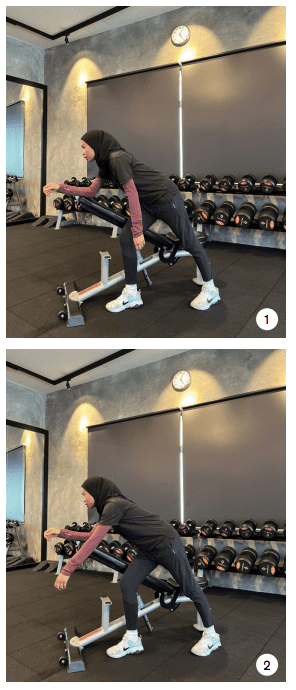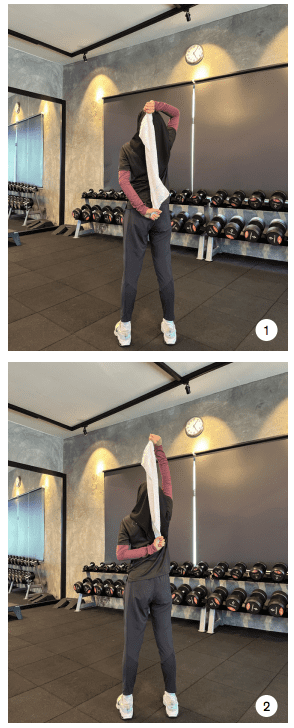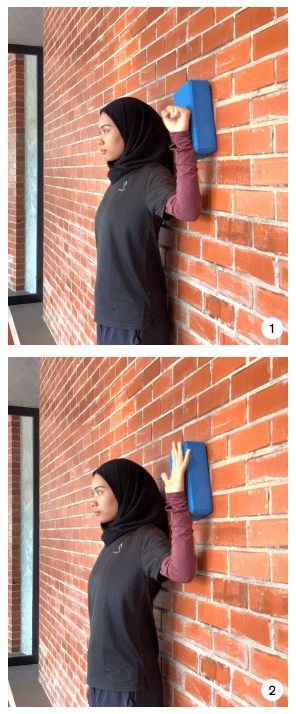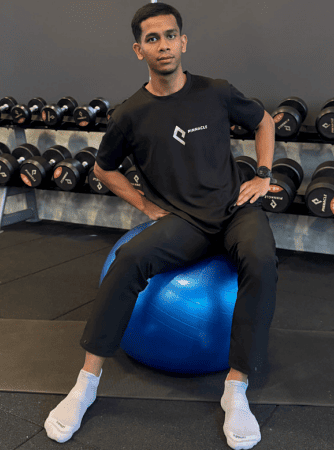In our ongoing injury management and recovery series, we explore common injuries, their causes, symptoms, and treatments. Today, we focus on frozen shoulder, examining its nature and symptoms, as well as practical exercises and treatments for recovery and improved mobility. Let’s get started.
What is Frozen Shoulder?
Adhesive capsulitis, commonly known as frozen shoulder, is characterised by a painful initial phase followed by restricted motion (active and passive) in the shoulder joint. Let’s delve into its causes, symptoms, types, and some simple exercises you can do to help manage and improve this condition.
Causes of Frozen Shoulder:
• Primary (Idiopathic): The cause is unknown and develops spontaneously.
• Secondary: Related to predisposing factors such as diabetes, cardiovascular diseases, shoulder injury, or surgical intervention.
Symptoms and Warning Signs Clinical Symptoms:
• Pain: Persistent, dull, or aching pain in the shoulder, which can worsen at night.
• Stiffness: A significant decrease in the shoulder’s range of motion, making everyday activities challenging.
• Limited Movement: Difficulty performing movements such as reaching overhead, behind the back, or to the side.
Warning Signs:
• Severe pain that does not improve with painkillers or rest.
• A rapid worsening of symptoms.
• Significant trauma or injury to the shoulder before the onset of symptoms.
• Associated systemic symptoms like fever or unexplained weight loss. If any of these red flags are present, seeking medical attention is crucial.
Stages of Frozen Shoulder:
Adhesive capsulitis typically progresses through three stages:
• Freezing Stage: A gradual onset of pain, leading to decreased shoulder movement. This stage can last from 6 weeks to 9 months.
• Frozen Stage: Pain may diminish, but the shoulder remains stiff. This stage can last from 4 to 12 months.
• Thawing Stage: There will be a gradual return of shoulder movement. Full recovery can take anywhere from 6 months to 2 years.
Exercises: Here are four simple exercises you can start doing at home to help. Remember, these exercises are meant to be gentle and should not cause significant pain. If any exercise increases your pain, stop immediately and consult a healthcare provider. Links to videos for each exercise are included.
Range of Motion Exercise: Pendulum Swing
• Lean forward with your unaffected arm supported on a table or chair.
• Let the affected arm hang down and gently swing it in small circles.
• Perform 10 circles in each direction once or twice a day.

Stretching Exercises: Towel Stretch
• Hold a towel behind your back and grab the other end with your other hand.
• Use the upper hand to pull the towel upward, stretching the shoulder gently.
• Hold for 15-30 seconds and repeat 3-5 times.

Strengthening Exercises (Gravity Assisted): Wall Walk
• Stand facing a wall and use your fingers to “walk” your affected arm up the wall as high as you can comfortably go.
• Hold the position for a few seconds, then slowly walk your fingers back to the starting position.
• Repeat 10 times.

Strengthening Exercises (Gravity Eliminated): Isometric Shoulder External Rotation
• Stand with your affected arm at your side, elbow bent at 90 degrees.
• Press the back of your hand against a wall or door frame without moving your arm.
• Hold for 5-10 seconds and repeat 10 times





